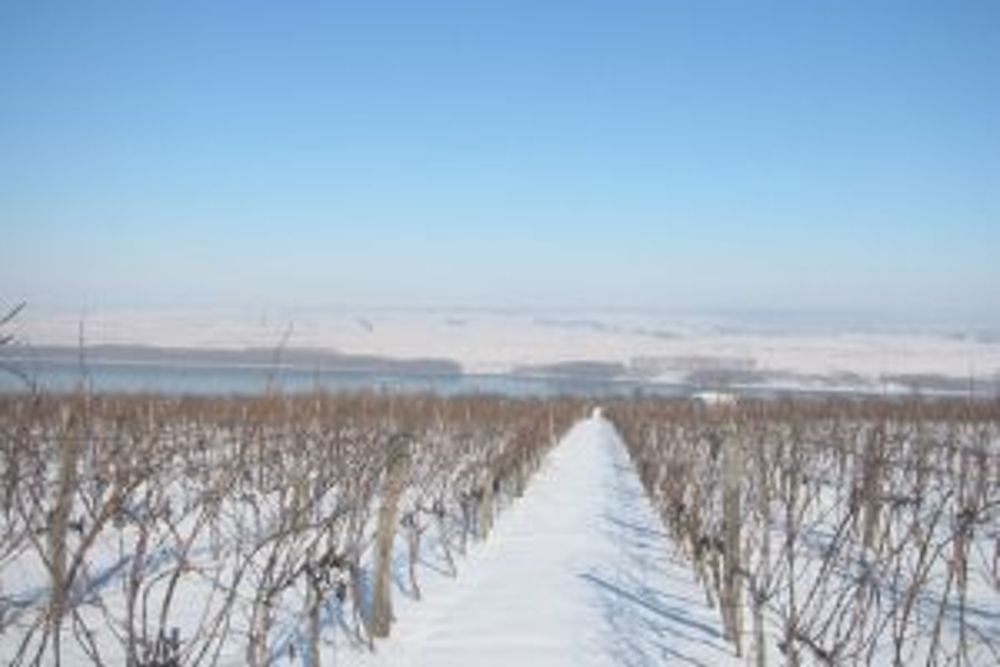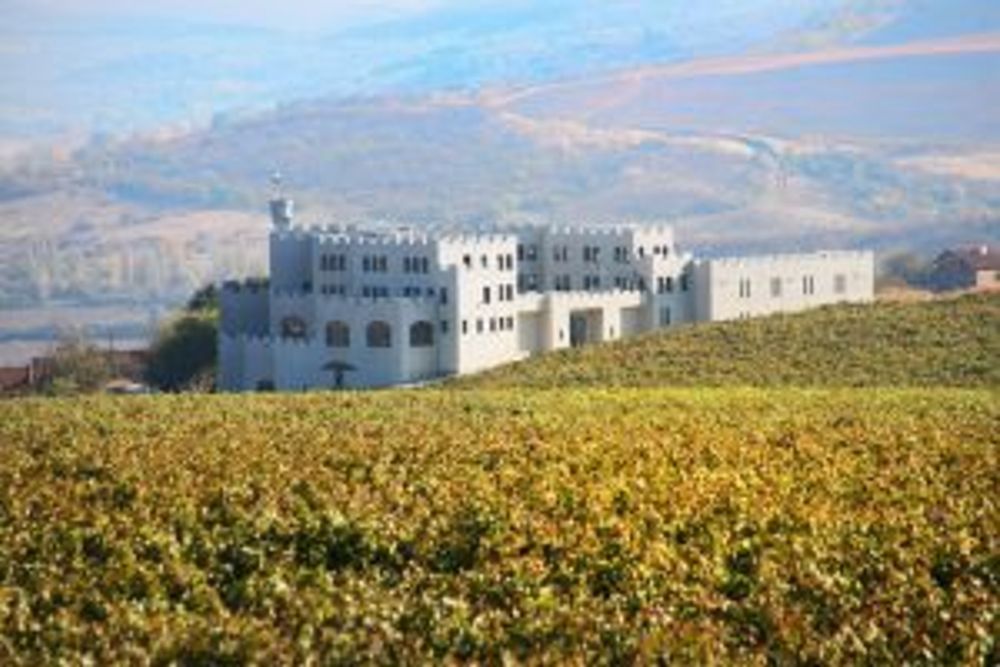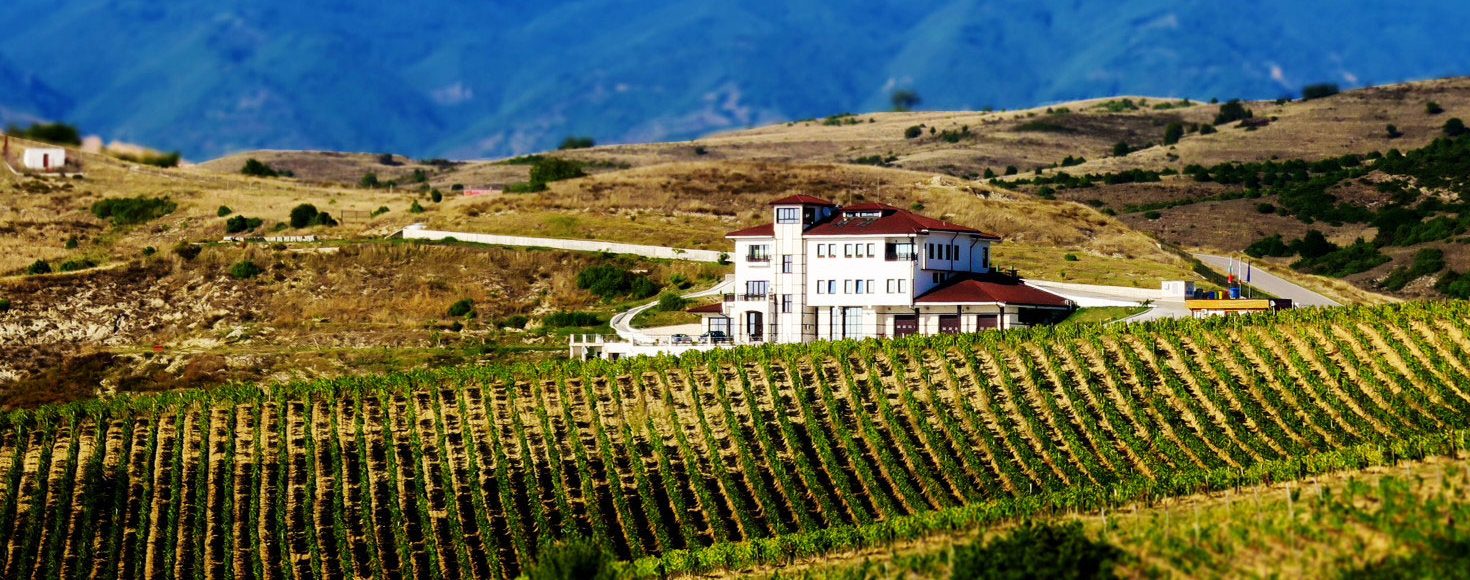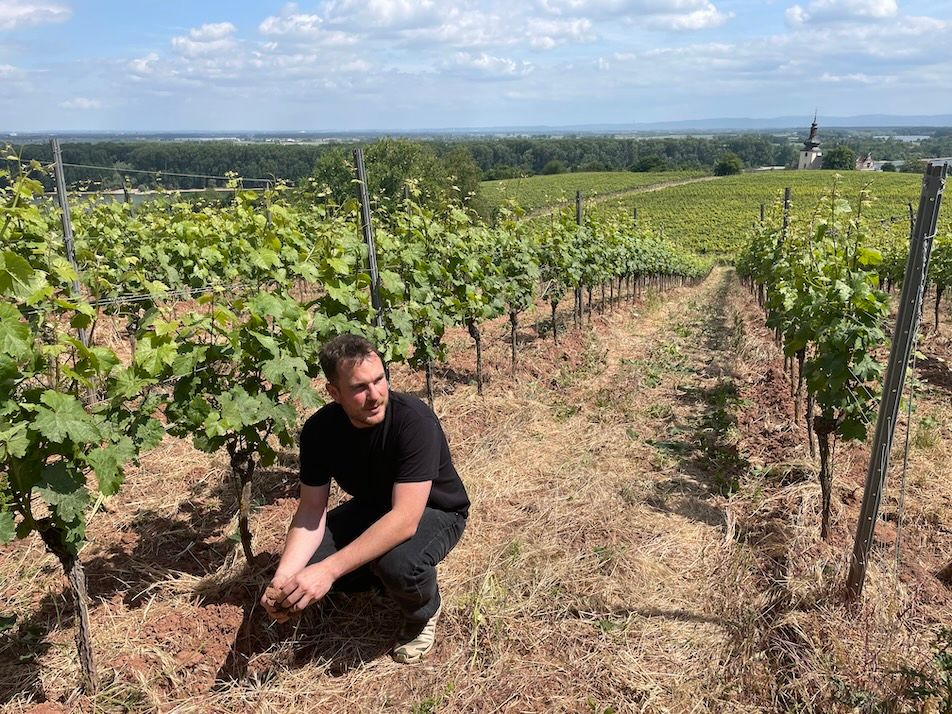International varietals such as Cabernet Sauvignon, Merlot and Viognier are dominating the new Bulgarian wine scene but it is when indigenous grapes are used that the wines really do take on a distinctive quality all their own.
Just what happened to Bulgarian wine in the early 1980s, when it took the UK by storm with dirt cheap, high quality, full bodied Cabernet Sauvignon and Merlot?

How did a country known for average quality, sugary plonk destined for the undemanding Soviet market pull it off? Was the wine actually sanction-busting South African wine, offloaded by desperate market-less Stellenbosch producers, as some have alleged? Or did the Bulgarians have some innate ability to produce inexpensive quality wine and push the likes of Hungarian Bull’s Blood off the supermarket shelves?
We may never know the answer but one thing is for sure: from the mid 1980s, Bulgarian wine fell off a cliff, quality-wise and indeed, in terms of quantity.
It fell victim first to President Gorbachev’s ill-advised anti-alcohol campaign which saw many vines pulled up (Bulgaria under dictator Todor Zhivkov was always the most painfully loyal member of the eastern bloc). After this, the collapse of communism led to cooperatives and other producers having their land taken away and returned to the pre-1945 owners. As a result, vineyards were broken up, often amongst a large number of beneficiaries, and the 1990s became Bulgarian wine’s lost decade.
The good news today is that the industry has never looked better, as was evident at The New Bulgaria tasting in the Bulgarian Embassy last week, organised by the Bulgarian Association of Independent Winegrowers (BAIW).

Ivo Varbanov, concert pianist and winemaker
BAIW’s president Ivo Varbanov (described on his card as a concert pianist and winemaker, in that order) says that Bulgaria’s wine industry has re-grouped along Greek lines, with lots of smaller family and boutique winemakers emerging to challenge the larger, more industrial producers.
Today there are around 300 producers, with another 100 expected to emerge over the next ten years.
“Since 2000 lots of new vineyards have emerged using vine stock grown in Italian and French nurseries; it has been a steep learning curve but also a quick journey to quality,” he says.
BAIW was formed with Varbanov at its head five years ago; today it has 32 members and three or four new ones join each year.
“The criteria for membership is not just quality but a philosophy too: our members tend to be small to medium-sized family producers making wine grown from at least 50% estate grown fruit,” he says.
So how was the wine?
It’s difficult to know how characteristic of the industry the 12 producers present were, but certain themes became apparent.
First, despite the industry trend right now for indigenous varietals to give wines that mystery wow factor, these were surprisingly scarce. It could be that Bulgaria, having had to replant most of its rootstock, has opted for international varietals that wine drinkers globally are familiar with.

That is the view of Emy Marinova, co-owner of Chateau Burgozone, a winery located in northern Romania on the Danube across from Bulgaria.
“Our country is not that known as a wine producing nation, and as a result our varietals would have little recognition, Right now I feel it is easier to sell international varietals,” she says.

One of her own wines, Iris Creation 2014, an unusual but decent blend of Chardonnay, Viognier and Sauvignon Blanc showed this, as did its red counterpart Iris Creation Syrah 2012, a full bodied and well balanced interpretation of the famous Rhône varietal.
Which brought me to my second observation: Rhône rules in Bulgaria.
Almost all the producers here made a Viognier – in varying styles from light and zesty through to heavier, oakier and more oily – and many of the best reds were Syrah, most notably those of Ivo Varbanov himself; a vertical of his Syrah, Feux d’Artifice, from 2012 through to 2010 revealed some well made Syrah in the Rhône style, with some undoubted staying power – the 2010 was the best of these, revealing well integrated tannins and light oak.
A third observation? Where producers do go indigenous, the results are pretty impressive, confirming that Bulgaria can make good wines that speak of their country rather than just make good wines from mainstream varietals.

The flagship grape is, or at least should be, Mavrud, which tends to produce big bodied, fruit forward wines not unlike Argentinian Malbec. A good example of this at the tasting was provided by Chateau Kolarovo, whose Ahal Mavrud 2012 had all the dark fruit and spice flavours you would expect. Villa Melnik had a good example of this eponymous grape, lighter and more aromatic than Mavrud, with its Aplauz Melnik 2014 worth seeking out.
However, Borovitza seemed the most ambitious in using local varieties, many from crossings created in the 1940s and 1950s by Bulgaria’s Institute for Oenology and Viticulture.
Located in north west Bulgaria near the Serbian border, with limestone soils, Borovitza produces the very decent Gamza Black Pack 2013 (Gamza is known elsewhere as Kadarka) a 100% Rubin (the Maxima 2013 Private Selection), a variety created back in 1944 by crossing Nebbiolo and Syrah, and the Borovitza Bouquet, a variety created by crossing Mavrud with Pinot Noir.
Indigenous varieties aside, The New Bulgaria Tasting showed that winemakers are not afraid to experiment: Villa Melnik’s Orange Sauvignon Blanc is well worth trying as is the Orange Gewürztraminer made by one of the best producers here, Rossidi.

As well as making a different orange wine each year (it was Chardonnay last year, which won some international awards) Rossidi’s 2015 Gewürztraminer, made via spontaneous fermentation, was pretty, fresh and well-balanced; its medium bodied, spicy and aromatic 100% Rubin showed the potential of this variety, whilst its Pinot Noir (the only one in the room) revealed a triumph of winemaker ability given that it comes from Thrace, one of the hottest parts of the country.
And it wouldn’t be right not to mention perhaps the most unusual wines I’ve tasted this year.

Trastena‘s two wines are both made from raspberries, vinified in exactly the same way as grapes; the first, a blend of 50% raspberries and 50% Merlot, was approachable and surprisingly moreish whilst the second, made from 100% raspberries, was much sweeter but not so much so. This would definitely go down a wow with almost any desert.
“In Bulgaria we cannot sell enough of it despite the price (around £30 a bottle). People understand this is a quality product; it takes 1.5 kilos of raspberries to make just one bottle,which makes this a very special drink,” says owner Olya Antonova.
And proof, if any were needed, that The New Bulgaria is on something of a roll right now.
Berry Bros are stockists for Varbanov Wines and Borovitza Wines. Borovitza Wines and a range of other Bulgarian Wines can be bought through www.buyvinar.com, Contact Vassil Rachkov









































